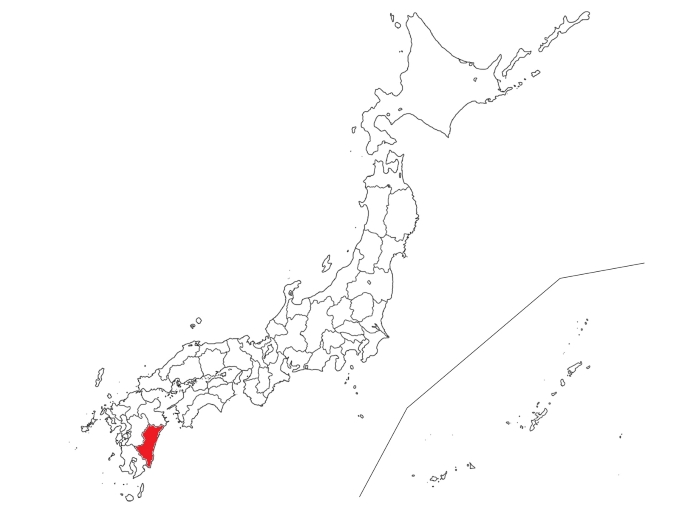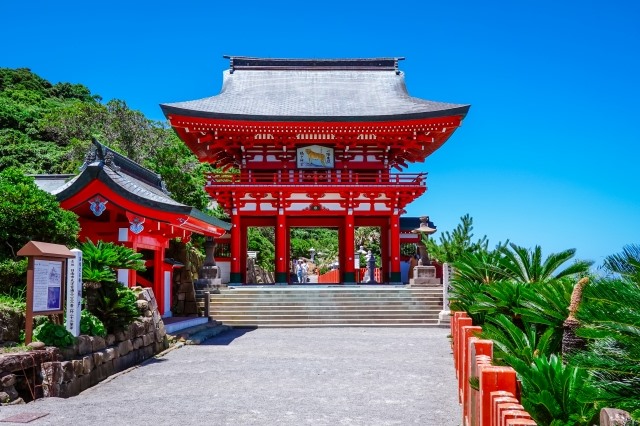Contents
1.Basic Information
Miyazaki Prefecture, known as the land of mythology, is scattered with numerous historical sites. Among these, the famous ones include the Saitobaru Kofun Group from the Kofun period, Amanoiwato Shrine, Udo Shrine, Aoshima Shrine, and Miyazaki Shrine.
Udo Shrine (Udojingu)
Located in Nichinan City, Miyazaki Prefecture, Udo Shrine is situated midway up a cliff facing the Hyuga Nada Sea. The main hall is set inside a cavern, measuring 38 meters east to west, 29 meters north to south, and 8.5 meters in height. This shrine is unique as visitors must descend stone steps along the cliff to reach the main hall, unlike other shrines where the approach is usually an ascent. It is well-known for prayers related to matchmaking, childbirth, and child-rearing.
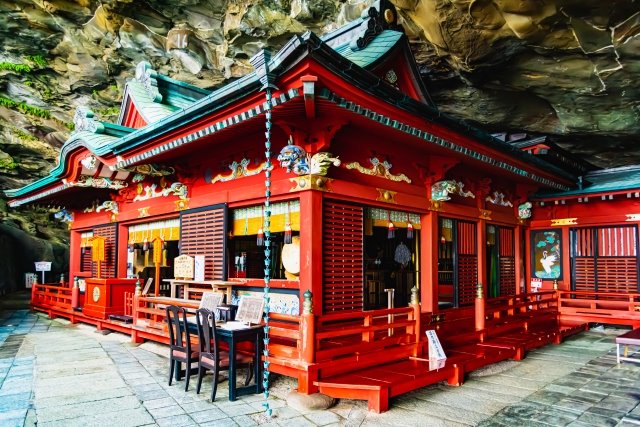
Aoshima Shrine (Aoshimajinjya)
Aoshima Shrine is located in the center of Aoshima, surrounded by subtropical plants. The shrine buildings are vivid vermilion, creating a striking contrast against the blue sky. This shrine is said to be particularly beneficial for matchmaking, as it is the site where gods from mythology were united. The precincts are filled with heart-shaped ema (votive plaques) and other love-related items, and visitors often search for “Inome” (boar’s eye) shapes, which appear like hearts.
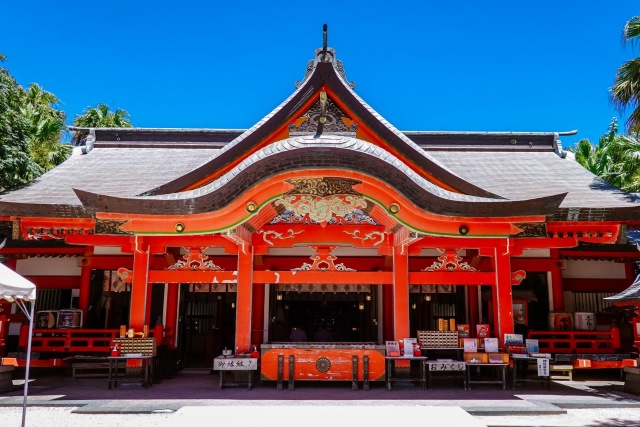
Amanoiwato Shrine (Amanoiwatojinjya)
Amanoiwato Shrine in Takachiho Town enshrines the Amanoiwato cave, where the sun goddess Amaterasu is said to have hidden herself according to Japanese mythology. The shrine has two main buildings, the West and East Shrines, both dedicated to Amaterasu. About a 10-minute walk from the shrine is Amanoyasukawara, a historical site where, according to legend, myriad gods convened during Amaterasu’s retreat into the cave. The area includes Gyoubogaiwaya, a 40-meter-wide cave with a torii gate and a shrine inside. However, the area can become inaccessible during heavy rain when the river rises.
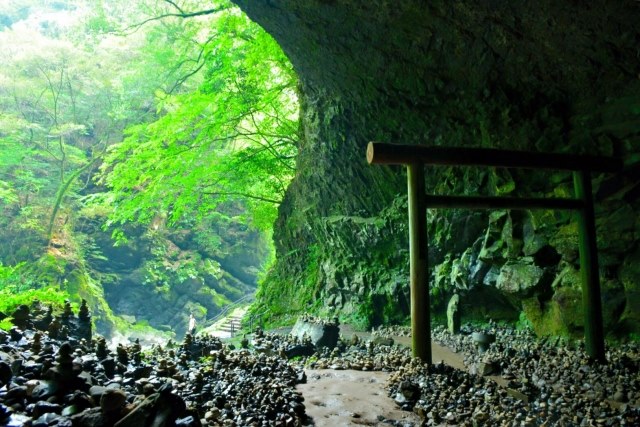
Miyazaki Shrine (Miyazakijingu)
Miyazaki Shrine venerates Japan’s first emperor, Emperor Jinmu. It is said to offer blessings for household safety, marital harmony, childbirth, victory, and academic success. Lanterns along the approach path create a mystical atmosphere, providing visitors with a sense of purification. The current shrine buildings were erected in 1907. The Miyazaki Shrine Festival, featuring a grand procession dedicated to Emperor Jinmu and various other traditional events like horseback archery, is a major attraction.
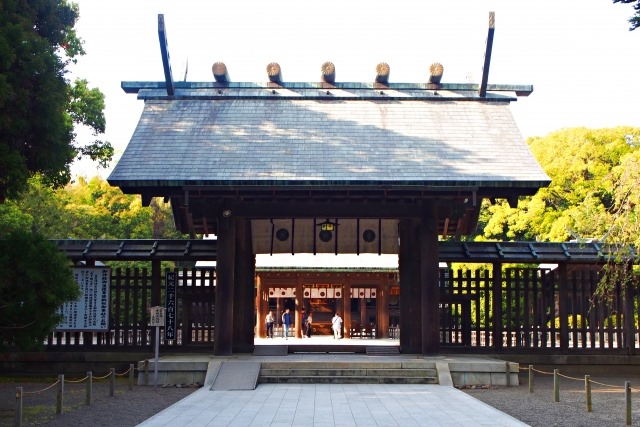
Saitobaru Kofun Group (Saitobarukohungun)
The Saitobaru Kofun Group, one of Japan’s largest tomb clusters, spans 2.6 km east-west and 4.2 km north-south, with over 300 tombs of various shapes and sizes. The most famous are the Osahoduka and Mesahoduka, although these are managed by the Imperial Household Agency and not open to the public. The area is particularly beautiful in spring, with 300,000 canola flowers and 2,000 cherry trees in bloom, captivating visitors.
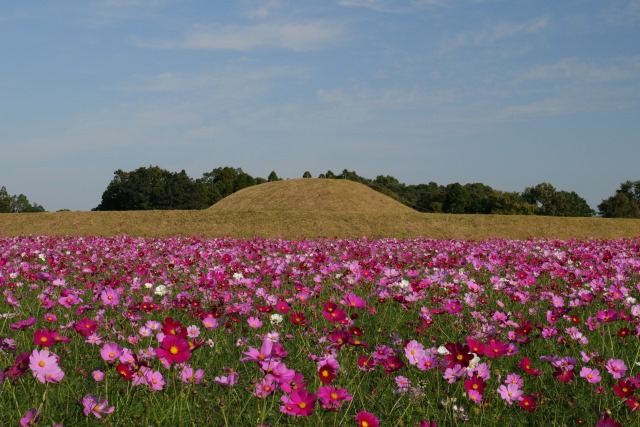
Toi Cape (Toimisaki)
Toi Cape on the Nichinan Coast is a cape surrounded by cliffs ranging from 10 to 50 meters high, jutting out into the Pacific Ocean. It is home to the Misaki horses,a natural monument consisting of wild horses, descendants of samurai horses from the Edo period. The cape features the Toi Cape Visitor Center, Toi Cape Lighthouse, and Misaki Shrine, along with well-maintained walking paths. Visitors can also join guided tours to observe the wild horse herds up close.
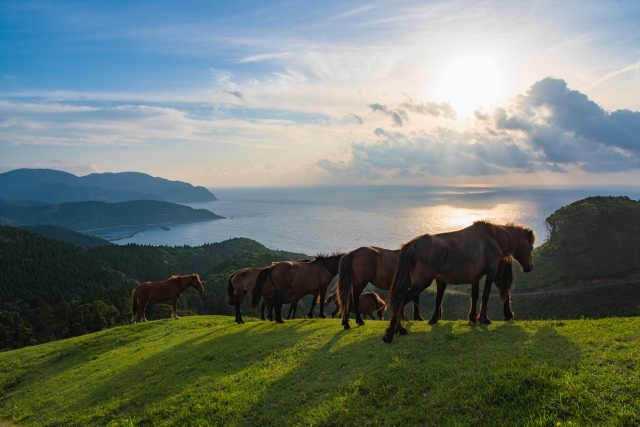
2.Reviews
Nichinan Coast (Nichinankaigan)
The Nichinan Coast near Aoshima features unique wave-like rocks known as “Demon’s Washboards.” These were formed about 7 million years ago as alternating layers of hard sandstone and soft mudstone uplifted from the seabed. Over time, the waves have eroded these layers, leaving behind a pattern of stacked sandstone. The rocks can be observed along an 8 km stretch of coastline from Aoshima to Kinchakujima, offering enjoyable tide pool activities during low tide.
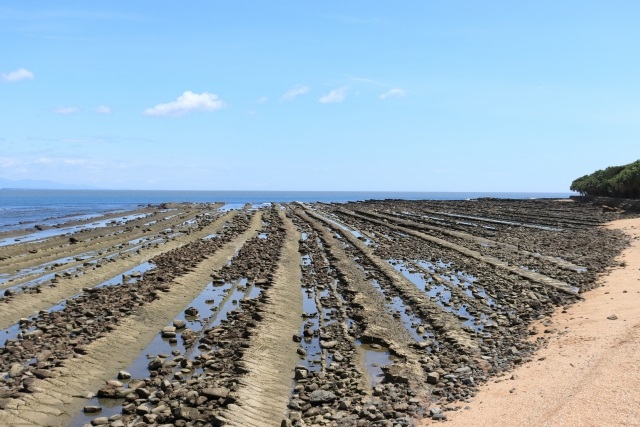
3.Local Food



4.Transportation Information
How to Get to Miyazaki Prefecture
Kyushu Tourism Organization Official Website (available in English, Korean, Simplified Chinese, Traditional Chinese, and Thai)
https://www.welcomekyushu.jp/pref/?mode=miyazaki
5.Map Information
